Hot selling functional stamping parts in Huaner
2023-09-18
Stamping parts, often referred to metal stamping parts, are essential components in the manufacturing and engineering industries. Utilizing precision stamping techniques, these parts are created by transforming flat sheets of metal into intricate shapes and configurations through the application of mechanical force, often with the use of dies and punches. Stamping parts are favored for their accuracy, repeatability, and cost-effectiveness in producing high volumes of complex components such as brackets, connectors, panels, and more. Industries ranging from automotive and aerospace to electronics and appliances rely on stamping parts for their structural integrity, dimensional precision, and suitability for various applications. The versatility of stamping methods allows for the production of components with varying thicknesses, sizes, and geometries, making these parts indispensable for achieving efficient and consistent manufacturing processes across diverse sectors.
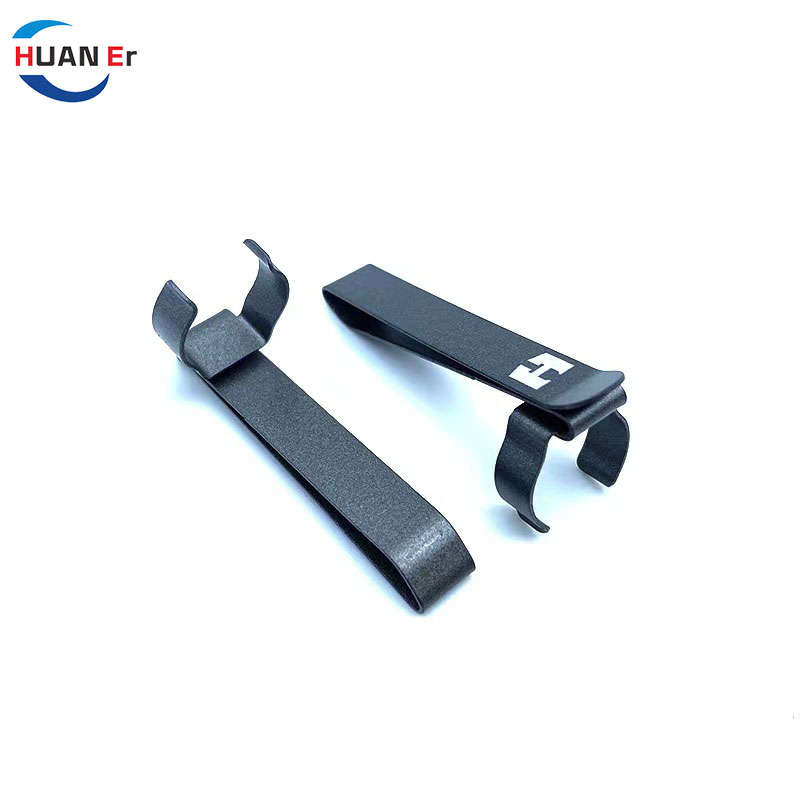

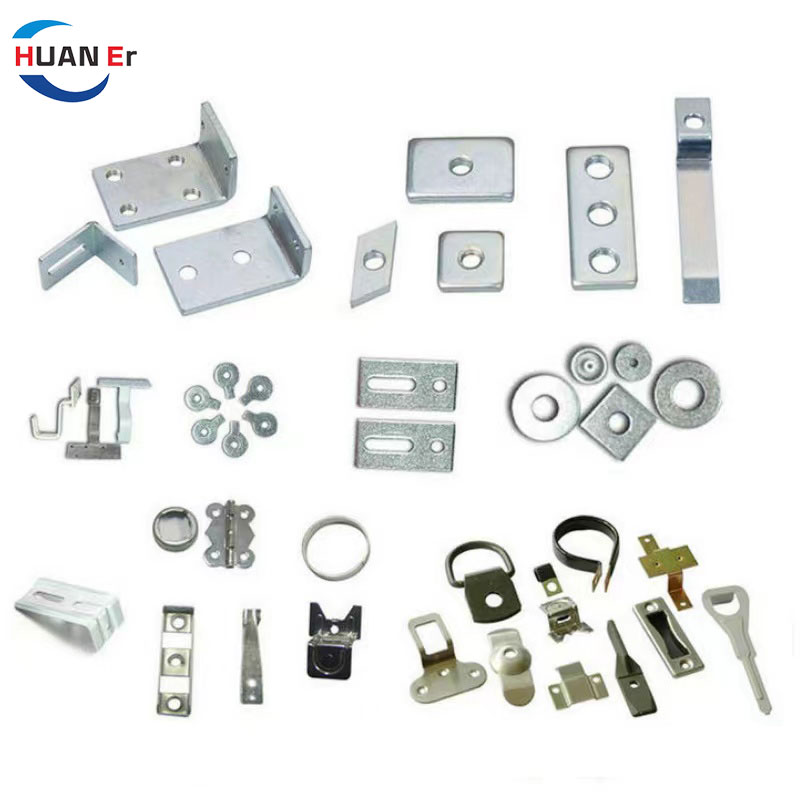

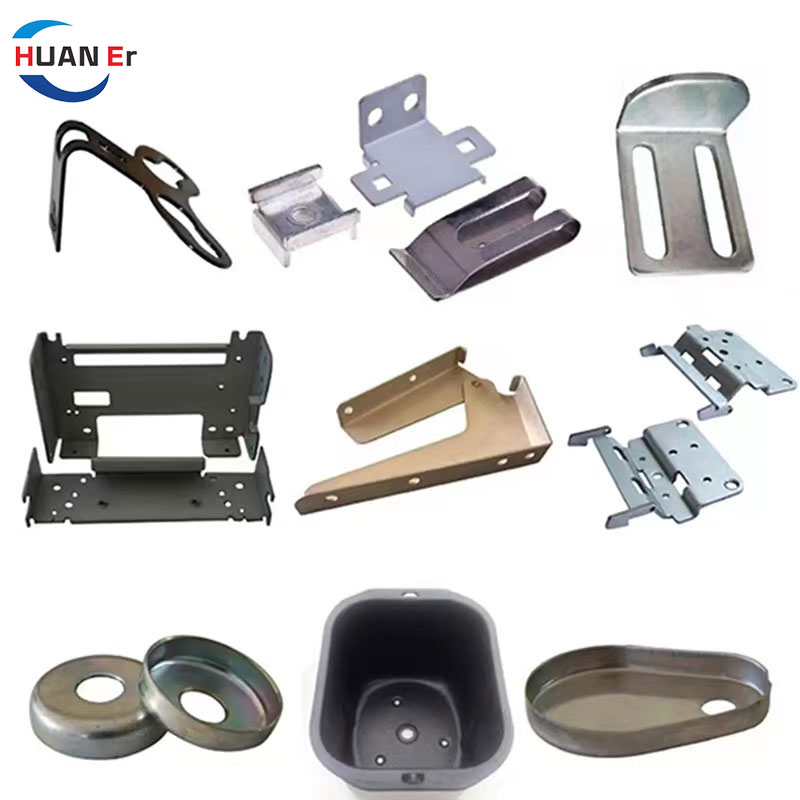
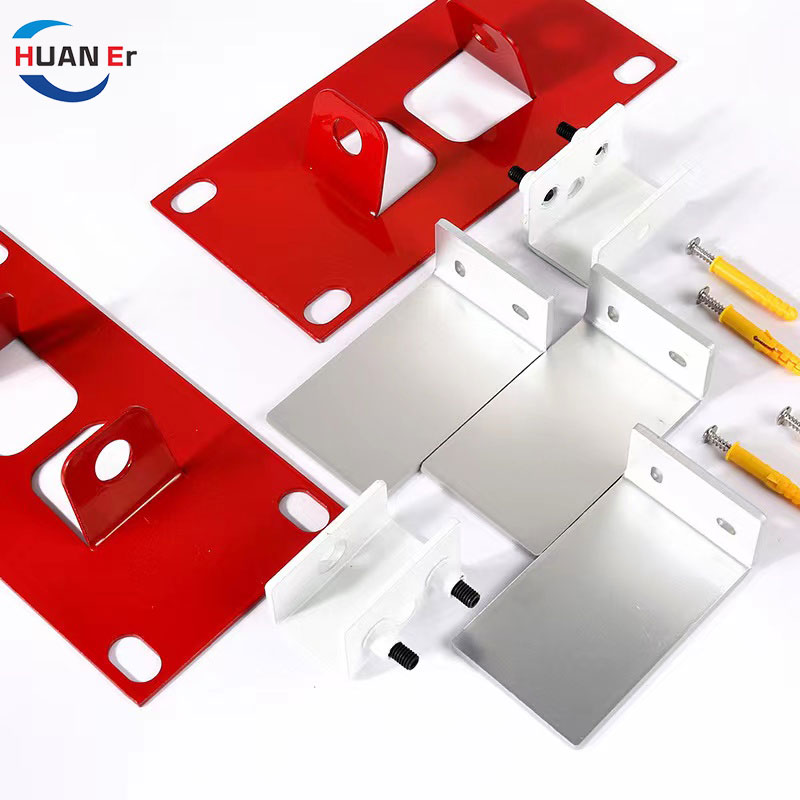
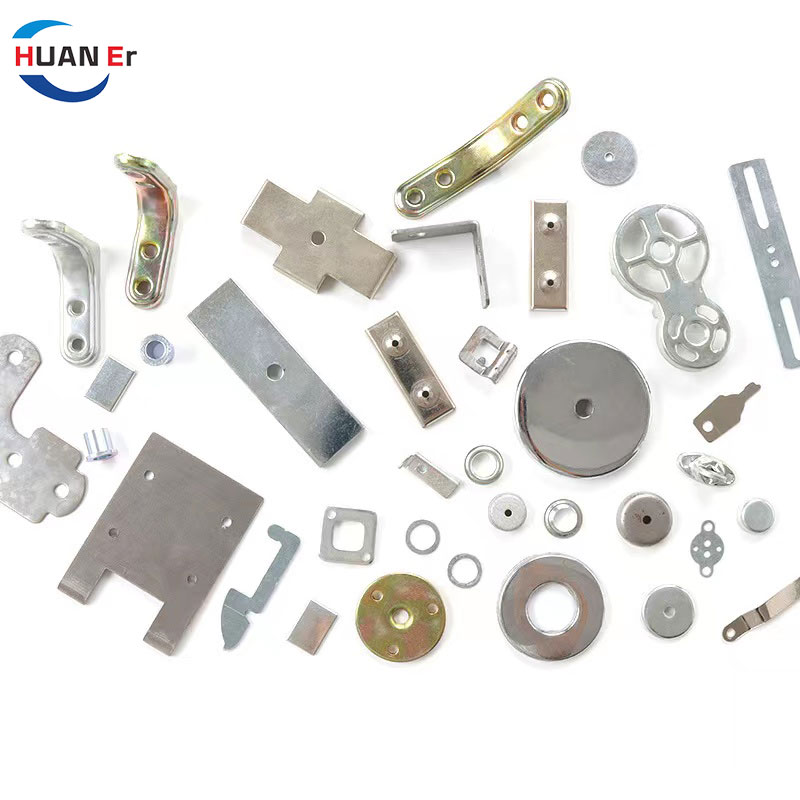
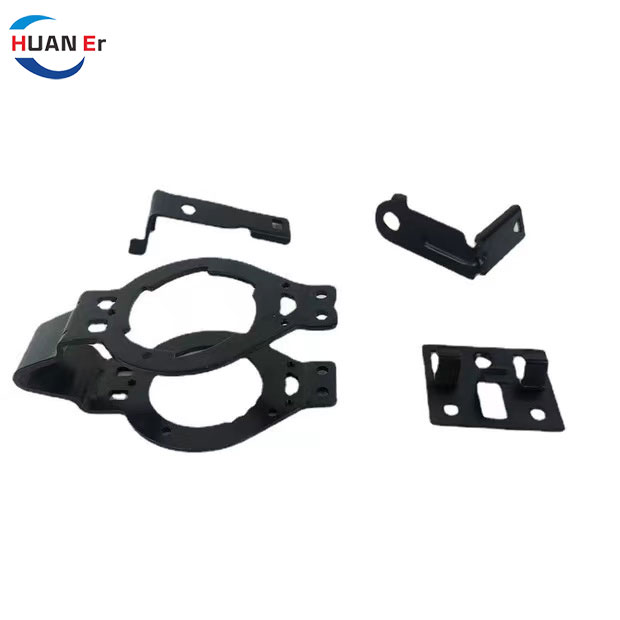
Classification of stamping parts
1. Based on Complexity:
Simple Stamping Parts: These parts involve straightforward shapes, such as flat plates, angles, and simple curves. They require minimal tooling and are often used for basic structural elements.
Complex Stamping Parts: These parts feature intricate shapes, contours, and multiple bends. They may require progressive dies or secondary operations to achieve their final form. Examples include automotive body panels and electronic enclosures.
2. Based on Function:
Structural Stamping Parts: These parts provide support, connection, or reinforcement within a larger structure. Examples include brackets, supports, and frame components.
Functional Stamping Parts: These parts perform specific functions within a system. Examples include contacts in electrical connectors, switches, and latches.
3. Based on Material:
Metal Stamping Parts: These parts are made from various metals, such as steel, aluminum, brass, and copper. Each metal has distinct properties that make it suitable for specific applications.
Non-Metal Stamping Parts: While less common, stamping processes can also be used on non-metal materials like plastics and composites for applications where lightweight or insulation properties are desired.
4. Based on Application:
Automotive Stamping Parts: These parts include body panels, chassis components, and various structural elements used in the automotive industry.
Electronics Stamping Parts: These parts encompass components used in electronic devices, such as connectors, terminals, and shields.
Aerospace Stamping Parts: Parts used in aerospace applications, such as aircraft structural components, brackets, and fittings.
Appliance Stamping Parts: Components found in household appliances, including panels, brackets, and handles.
5. Based on Material Form:
Sheet Metal Stamping Parts: These parts are created from flat sheets of metal and involve processes like blanking, bending, and forming.
Deep Drawn Stamping Parts: This category involves forming metal sheets into three-dimensional shapes, typically with a cylindrical or box-like form.
Progressive Die Stamping Parts: In this process, a continuous strip of metal is fed through a series of dies to create complex shapes with multiple operations in a single pass.
6. Based on Size:
Small Stamping Parts: These are relatively small components used in precision applications, such as electronic devices and medical equipment.
Large Stamping Parts: These parts are larger in size and are often used in applications such as automotive panels and structural supports.
Function
——
1. Structural Support: Stamping parts often serve as structural components that provide support and stability to larger assemblies. They help distribute loads and forces, maintaining the integrity of the overall structure. Examples include brackets, frames, and reinforcements used in automotive frames, buildings, and machinery.
2. Connection and Fastening: Stamping parts are frequently employed for connecting and fastening different components together. They enable secure attachment between parts, allowing for the assembly of complex systems. Fasteners like clips, clamps, and brackets are commonly used for this purpose.
3. Enclosure and Protection: Stamping parts are used to create enclosures that protect sensitive components from external elements, shocks, and impacts. Enclosures can range from simple covers for electronic devices to intricate housings for industrial machinery.
4. Electrical Conductivity: Stamping parts are integral to the electrical industry, serving as conductive elements in connectors, switches, and terminals. These components ensure the flow of electrical currents within systems, enabling proper functionality.
5. Heat Dissipation: Stamping parts can aid in heat dissipation by providing surfaces with increased surface area. This is especially crucial in electronic devices and systems where excessive heat can affect performance and longevity.
6. Aesthetic Enhancement: Stamping parts contribute to the visual appeal of products by providing precise shapes and contours. They are often used in exterior automotive panels, decorative trims, and consumer electronics casings.
7. Motion Transmission: Stamping parts can be integral to the transmission of mechanical motion and force. Examples include gears, sprockets, and linkages that enable smooth movement within machinery and mechanical systems.
8. Load Distribution: In applications where loads need to be evenly distributed, stamping parts can play a role. They can provide even weight distribution across surfaces, reducing stress concentrations and potential failures.
9. Sealing and Gasketing: Stamping parts can be used to create sealing solutions, preventing leaks and maintaining the integrity of enclosed systems. Gaskets, washers, and seals are common examples used in various industries.
10. Customization and Adaptation: Stamping allows for the creation of customized parts tailored to specific requirements. This adaptability makes stamping suitable for a wide range of applications across industries.
11. Noise and Vibration Dampening: Stamping parts can be designed to dampen noise and vibrations in systems, enhancing comfort and reducing wear and tear on components.
12. Safety and Reliability: Many stamping parts are designed with safety features in mind, such as connectors with locking mechanisms or components that prevent unintended movements.
Application
——
1. Automotive Industry:
Body and Frame: Stamping parts create body panels, chassis components, and structural elements that provide the framework and aesthetics of vehicles.
Suspension Components: Stamping contributes to the production of suspension parts like brackets, control arms, and linkages, ensuring smooth and safe vehicle operation.
Interior Components: Stamping is used for crafting components like seat brackets, dashboard elements, and airbag housings, enhancing comfort and safety.
2. Electronics and Electrical Industry:
Connectors and Terminals: Stamping parts form the basis of connectors and terminals used in electronic devices, ensuring reliable electrical connections.
Printed Circuit Boards (PCBs): Stamping is employed to create components like heatsinks and shielding for PCBs, promoting efficient heat dissipation and signal integrity.
3. Aerospace and Aviation Industry:
Aircraft Structures: Stamping contributes to the manufacturing of aircraft components such as wing panels, fuselage sections, and engine mounts.
Cabin Interior: Stamping parts are used for creating cabin elements like seat frames, overhead bins, and interior panels.
4. Consumer Goods and Appliances:
Home Appliances: Stamping is crucial in producing parts for appliances such as washing machines, refrigerators, and ovens.
Consumer Electronics: Stamping creates casings, frames, and structural components for devices like smartphones, laptops, and cameras.
5. Industrial Equipment and Machinery:
Manufacturing Machinery: Stamping is used to create components for machinery used in manufacturing processes, ranging from metalworking to plastics processing.
Construction Machinery: Stamping contributes to the production of heavy equipment components like excavator parts and bulldozer blades.
6. Medical and Healthcare Industry:
Medical Devices: Stamping parts are employed in the creation of medical instruments, surgical tools, and diagnostic equipment.
7. Energy and Utilities:
Renewable Energy: Stamping creates parts for solar panels, wind turbines, and other renewable energy systems.
Power Generation: Stamping contributes to components used in conventional power generation, including turbines and generators.
8. Telecommunications and Networking:
Communication Equipment: Stamping parts are used in the production of networking components, enclosures, and connectors for data communication devices.
9. Defense and Military:
Military Equipment: Stamping is employed in the creation of defense equipment such as armored vehicle parts, weapon components, and munitions.
10. Furniture and Home Furnishings:
Furniture Components: Stamping creates hardware like hinges, brackets, and decorative elements used in furniture manufacturing.
11. Environmental and Infrastructure:
Infrastructure Components: Stamping is applied in creating structural elements for infrastructure projects like bridges and railway systems.
12. Agriculture and Farming:
Agricultural Machinery: Stamping parts are used in producing equipment like tractor components and harvesting machinery parts.
Xiamen Huaner Technology Co.,Ltd is focused on top quality Aluminum Cases for new energy batteries, Copper/Brass/Aluminum/Stainless Steel Stamping Parts, and other electrical products Metal Stamping and Welding Assembly for over 16 years in China. We started as a small operation, but now have become one of the leading suppliers in the stamping parts industry in China.
If you have any needs, please feel free to contact us and we will reply as soon as possible



